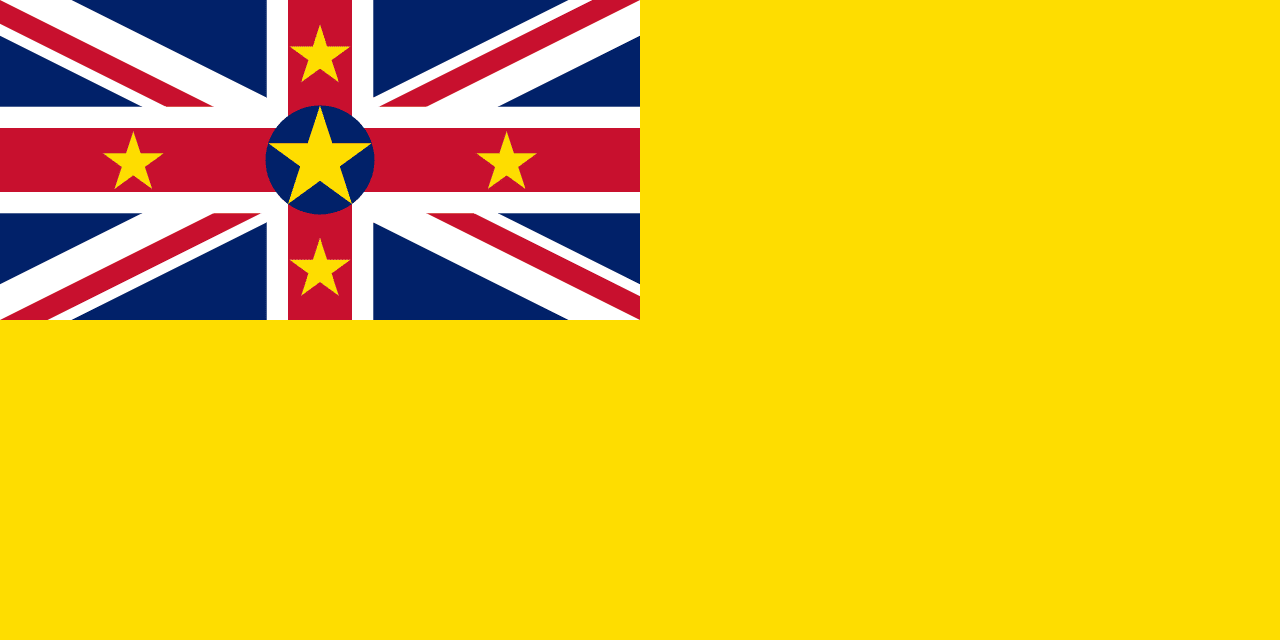The flag of North Korea, officially known as the Democratic People's Republic of Korea (DPRK), features a wide red band bordered by narrow white stripes and blue stripes. A red five-pointed star within a white circle is positioned near the hoist side of the flag. This design encapsulates the nation's political ideology and historical struggle.
North Korea information
| National Flag Day | — |
| Sovereign state | Yes |
| Official name | Democratic People's Republic of Korea |
| Capital | Pyongyang |
| Population | 25,666,161 |
| Area | 120,538 km² |
| Currency | North Korean won (KPW) |
| Language | Korean |
| Continent | Asia |
| Region | East Asia |
| Subregion | — |
| Borders | China, Russia, South Korea |
| Timezone | P'yongyang Time (PYT) UTC+8:30 |
| Calling code | +850 |
| Top-level domain | .kp |
History of the North Korean flag
 The current flag of North Korea was officially adopted on September 8, 1948, coinciding with the establishment of the DPRK. The flag's design was influenced by socialist symbolism and the Korean struggle for independence. It replaced the flag used during the Soviet occupation of northern Korea from 1945 to 1948, which featured a red field with a white-bordered red star in the center.
The current flag of North Korea was officially adopted on September 8, 1948, coinciding with the establishment of the DPRK. The flag's design was influenced by socialist symbolism and the Korean struggle for independence. It replaced the flag used during the Soviet occupation of northern Korea from 1945 to 1948, which featured a red field with a white-bordered red star in the center.
Symbolism and design of the North Korean flag
The North Korean flag's design is deeply rooted in political and revolutionary symbolism. The central red panel, which dominates the flag, represents the revolutionary traditions of the Korean people and the blood shed in the struggle for independence and socialism. The narrow white stripes symbolize the purity of the Korean people and their aspirations for peace. The blue stripes represent sovereignty, peace, and friendship. The red star within a white circle near the hoist side is a powerful symbol of communism and the leadership of the Workers' Party of Korea. The star's five points are said to represent the five social groups that build socialism: workers, peasants, intellectuals, youths, and soldiers.
Usage and significance of the North Korean flag
 The flag of North Korea holds immense significance as a symbol of national identity and the country's political system. It is prominently displayed on government buildings, schools, and public spaces throughout North Korea. The flag plays a central role in state ceremonies, military parades, and mass performances, often being incorporated into elaborate human mosaic displays. Internationally, the North Korean flag is used to represent the DPRK at diplomatic events, international sports competitions, and other global forums, though its display is restricted or controversial in some countries due to political tensions.
The flag of North Korea holds immense significance as a symbol of national identity and the country's political system. It is prominently displayed on government buildings, schools, and public spaces throughout North Korea. The flag plays a central role in state ceremonies, military parades, and mass performances, often being incorporated into elaborate human mosaic displays. Internationally, the North Korean flag is used to represent the DPRK at diplomatic events, international sports competitions, and other global forums, though its display is restricted or controversial in some countries due to political tensions.
Interesting facts about the North Korean flag
- North Korea's flag is one of the few national flags to prominently feature communist symbolism in the 21st century.
- The flag's design is protected by North Korean law, with strict regulations governing its production, display, and disposal.
- In North Korea, the national flag is often referred to as the "Red Flag of Three Revolutions", aligning with the country's guiding principle of simultaneous development in economy, military, and culture.
- The North Korean flag shares some design elements with the South Korean flag, reflecting their shared cultural heritage despite political division.
- During rare moments of inter-Korean cooperation, such as joint sports team appearances, a special unification flag depicting the entire Korean peninsula is sometimes used instead of the separate North and South Korean flags.





